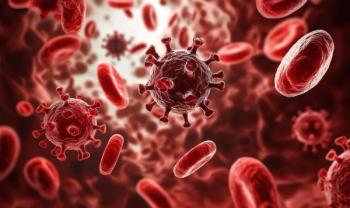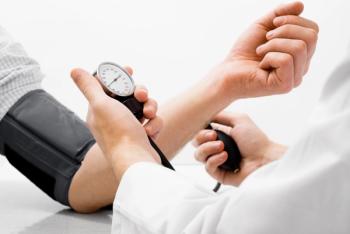
The Beauty of Vitamin A and Drug Spinoffs
The best natural supplements become drugs.
The best natural and dietary supplements get turned into drugs. This is what happened to Vitamin A.
It turns out our skin loves vitamin A. Not only is it an antioxidant, but it also plays a role in collagen and new skin cell formation.1
The following chart2 includes products both on and off prescription that are associated with Vitamin A. This includes the precursors to vitamin A, which are the beta-carotenes also known as the carotenoids.
Variation of Vitamin A
Commercial product
Source
Comments
Preformed A
Retinol & retinyl ester
Animal sources
Stored and activated into vitamin A by the liver when needed.
Provitamin A
carotenoids
Colorful plant sources
Stored and activated into vitamin A by the liver when needed.
Active Vitamin A
Retinal and retinoic acid
Produced in laboratories, or the end result from food sources.
Drug forms are isotretinoin (Accutane) and tretinoin (retin-A)
Lycopene, lutein zeaxanthin
Other carotenes
Colorful plant sources and animal sources.
Supports the eyes. Common in eye vitamins. They are never converted to active vitamin A.
Tretinoin Topical antiwrinkle and acne cream (very similar to active vitamin A)
Also known as all-trans retinoic acid (retin A, Renova, Refissa, Atralin, Avita, Trentin-x, tazarotene, adapalene)
Active vitamin A derivative made in the laboratory and used topically
Increases collagen production, induces epidermal hyperplasia, and decreases keratinocyte and melanocyte atypia.
Tretinoin pills
(very similar to retin-A in a pill form)
Isotretinoin (Accutane)
Active vitamin A derivative made in the laboratory
Treats severe acne, skin cancer, & cancers of head and neck. Adverse effects may include birth defects and liver damage.
Topical Vitamin A&D diaper rash cream/ointment
Often in the form of retinyl acetate or retinyl palmitate, but could be any form.
Produced in a laboratory
Inexpensive, available in generic. Not to be used by people with lanolin allergies or on the face for those prone to acne
I would caution anyone against using oral vitamin A pills for skin, even though it is added to many beauty vitamins. The reason being is that unnaturally high doses systemically have negative health consequences,1,2-5 causing liver toxicities and birth defects.
Not only that, our bodies have an elaborate system in order to micromanage the amounts of active vitamin A in our bodies. It’s called beta-carotenes. Beta-carotenes are stored in the liver and when the body needs active vitamin A, it is produced at that time. This system attempts to control the amount of vitamin A circulating in the blood stream.
There was a survival situation in the arctic area where the explores were forced to eat polar bear and seal livers. Many got vitamin A toxicity and perished. Vitamin A is the only vitamin I know of that you can get too much from food sources.6
Fortunately for modern technology and the advent of topical vitamin A (vitamin A and D diaper rash ointment included) we can deliver vitamin A in high doses to the site of action—our skin—without negative health consequents and therefore experience beautiful skin.
Seeing is believing, and topical vitamin A is very affordable beauty secret. It’s something that only a pharmacist would know and should inform the general public.
References
- Griffiths, CE. The role of retinoids in the prevention and repair of aged and photoaged skin. Clinical And Experimental Dermatology, [s. l.], v. 26, n. 7, p. 613—618, 2001.
- National Institutes of Health. Fact Sheet for Health Professionals: Vitamin A. NIH Office of Dietary Supplements. https://ods.od.nih.gov/factsheets/VitaminA-HealthProfessional/. Updated October 5, 2018. Accessed April 16, 2019.
- Ross CA. Vitamin A. In: Coates PM, Betz JM, Blackman MR, et al. Encyclopedia of Dietary Supplements. 2nd ed. London and New York: Informa Healthcare; 2010:778-91.
- Solomons NW. Vitamin A. In: Bowman B, Russell R, eds. Present Knowledge in Nutrition. 9th ed. Washington, DC: International Life Sciences Institute; 2006:157-83.
- Institute of Medicine. Food and Nutrition Board. Dietary Reference Intakes for Vitamin A, Vitamin K, Arsenic, Boron, Chromium, Copper, Iodine, Iron, Manganese, Molybdenum, Nickel, Silicon, Vanadium, and Zinc. Washington, DC: National Academy Press; 2001.
- Rodahl K, Moore T. The vitamin A content and toxicity of bear and seal liver. Biochem J 1943;37:166-8.
Newsletter
Stay informed on drug updates, treatment guidelines, and pharmacy practice trends—subscribe to Pharmacy Times for weekly clinical insights.



















































































































































































































